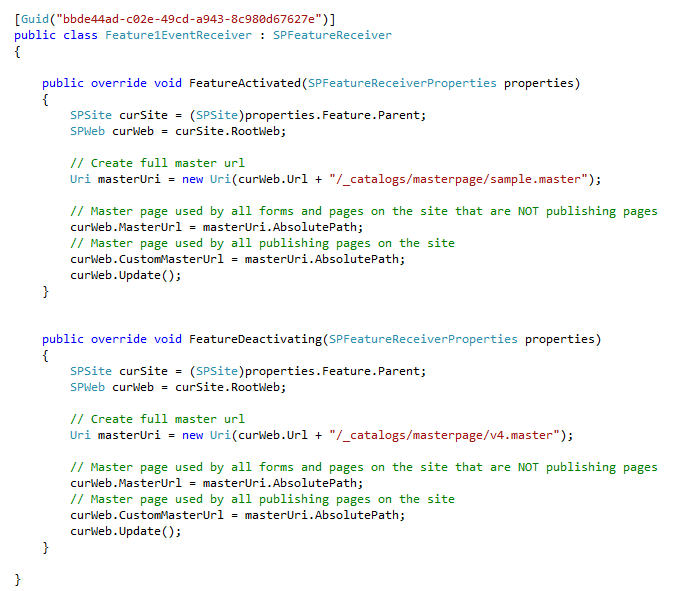

If your pictures are mainly for viewing on screen, going much beyond this size is likely to be a waste, since you will either not be able to see the whole picture on the screen, or the picture will be resized down in your browser. Most modern computer screens have 1024×768 pixels or more, but not all of this space is available for viewing pictures. Thus, how big an image will appear on the screen, depends on your screen resolution. A pixel (‘picture element’) is the smallest building block of a digital image, and it corresponds to the dots on the screen. Image size All images store measurement information in two different ways: pixel dimensions and resolution.png format is also lossless, and can use transparency. Diagrams and line drawings, however, are best rendered in. For photos on a webpage, this is usually more than adequate. jpg file uses lossy compression to reduce the file size. jpg images are considered to be the most efficient in terms of storage space. They all have their strengths and weaknesses, mostly regarding file size and accuracy.

Formats Pictures can be edited and saved in many formats.Although webtrees can handle most of them, there are some general things to consider. You can provide scans of sources, pictures of tombstones, or audio of interviews with informants, etc. Adding multimedia files (MM) to your family tree is a very nice feature, which makes your family history come alive.įrom the more scholarly perspective, MM can be used as documentation.


 0 kommentar(er)
0 kommentar(er)
